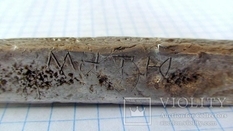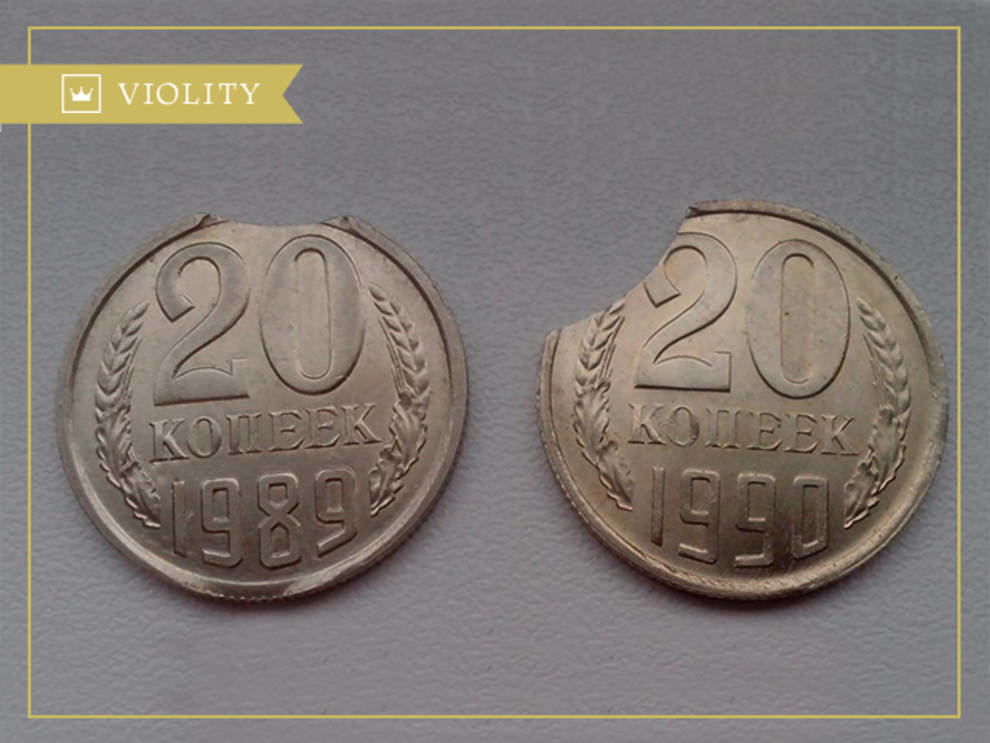
What types of Mint-made errors exist?
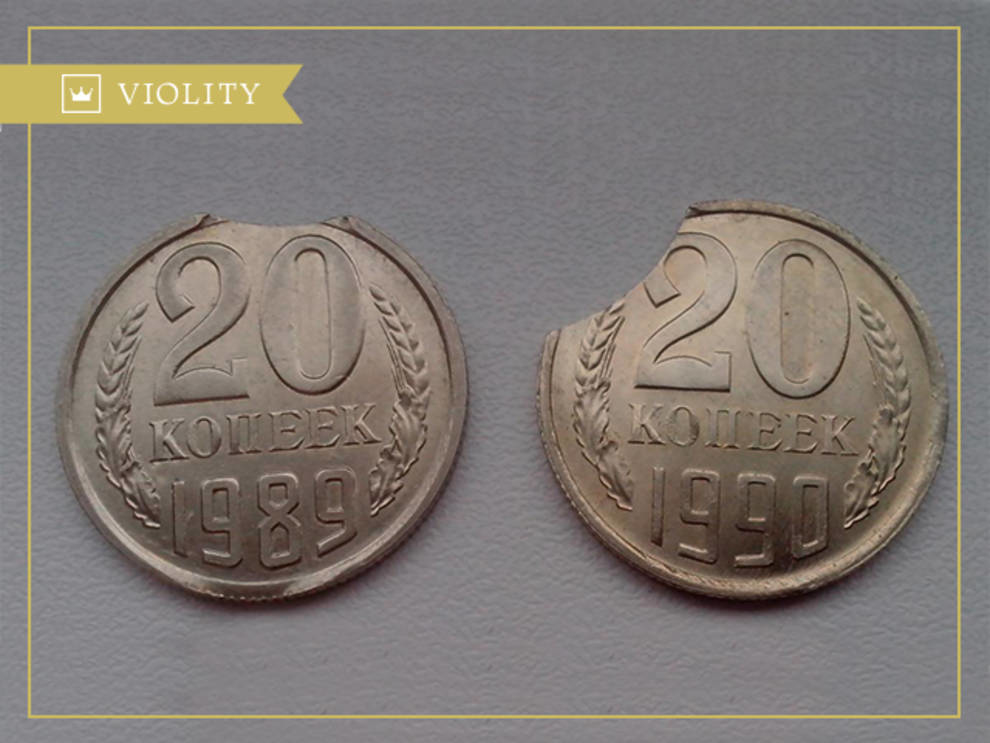
Photo © google.com
Mint-made errors is a defect resulting from its production. It will be a question of mechanical damages which were received during preparation or stamping. Mint-made errors do not count damage received by a coin after its production.
So, there are the following types of mint-made errors:
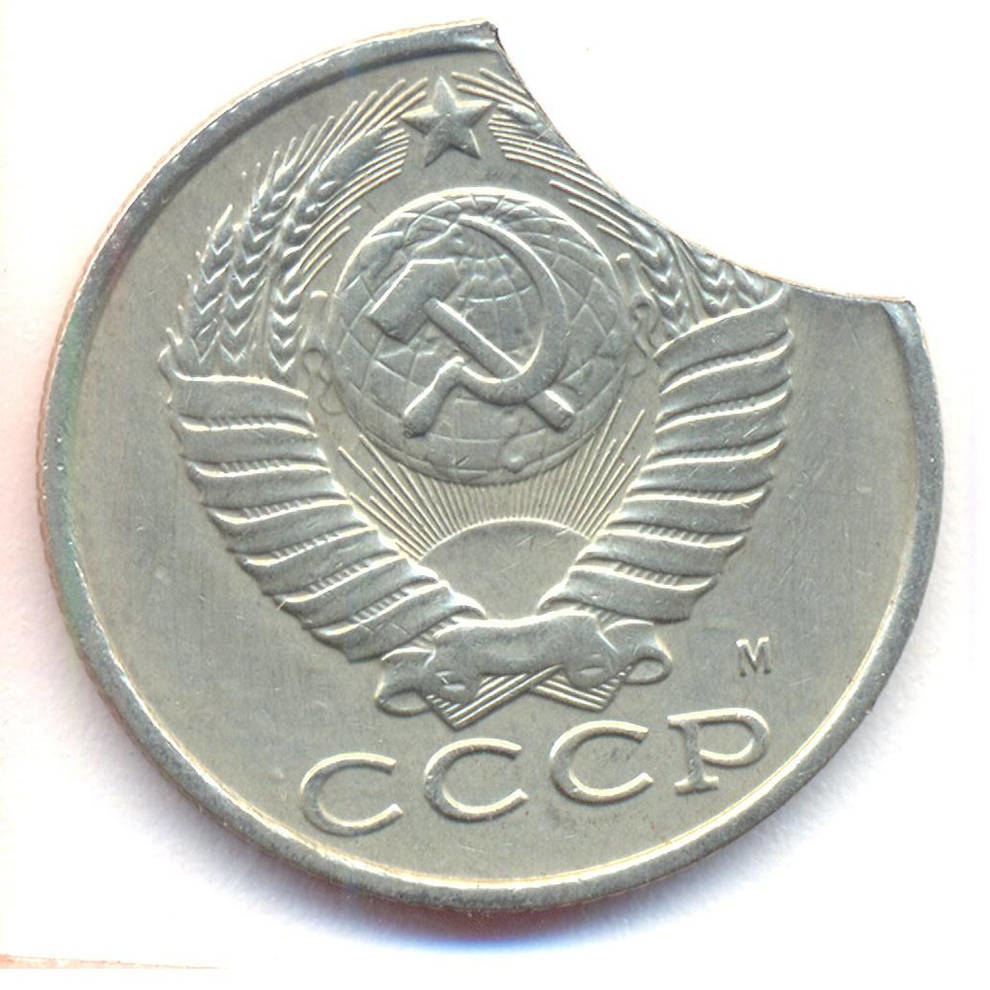
Photo © google.com
1. Vykus.
Blanks of coins are made by cutting a circle from a sheet in a stamp. To reduce waste, cutting is sometimes done so close to each other that one hole overlaps with another. On the workpiece is formed a bite, sometimes two bites from diametrically opposite sides.

Photo © google.com
2. Split or crack the stamp.
This defect arises as a result of internal stresses or excessive loading of the stamps. They crack. On coins minted with such stamps, prominent stripes are visible. As a rule, these are small radially directed cracks.
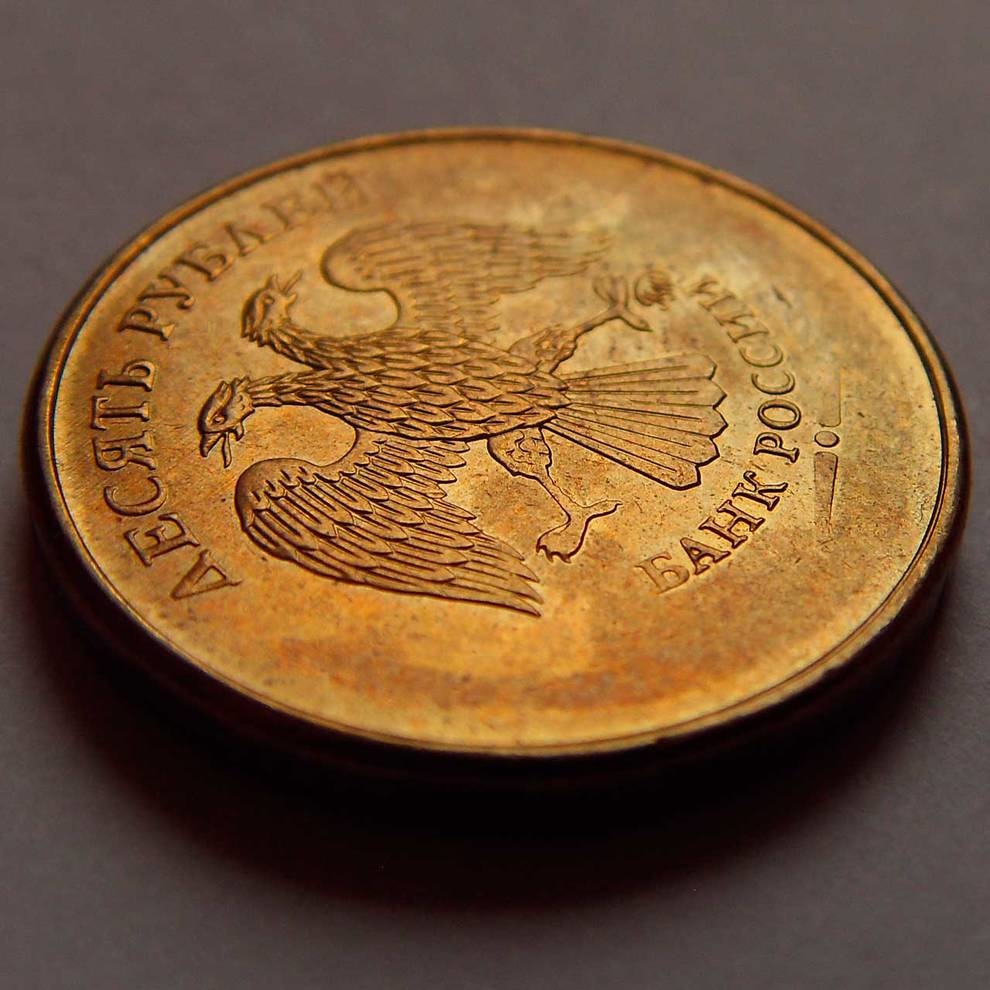
Photo © google.com
3. Unchecked.
This is not a complete display of the pattern on the coin: low relief, smoothed fine details, the complete disappearance of the elements of the pattern. It occurs due to insufficient effort of a stamping press, partial wear of the stamp, uneven thickness of the workpiece, or installation of the stamp at an angle.

Photo © google.com
4. One-sided stamp.
This mint-made errors is obtained when two stuck together coin blanks fall into the stamp at the same time. Each of the blanks has only one normally checked side, and on the second there is no pattern.
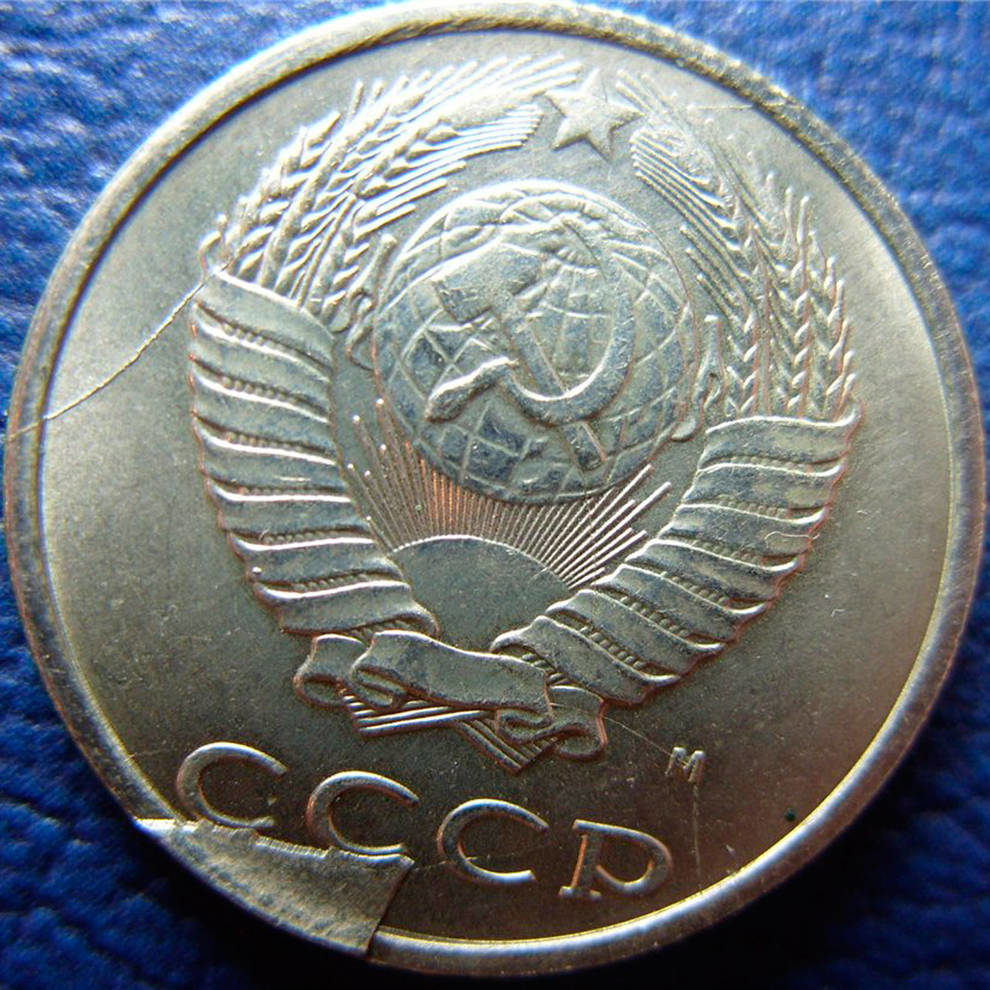
Photo © google.com
6. Chip or stamp chipping.
It occurs due to the deterioration of the stamp and appears next to the small elements of the coin pattern. In some cases, the stamp falls off quite large pieces.
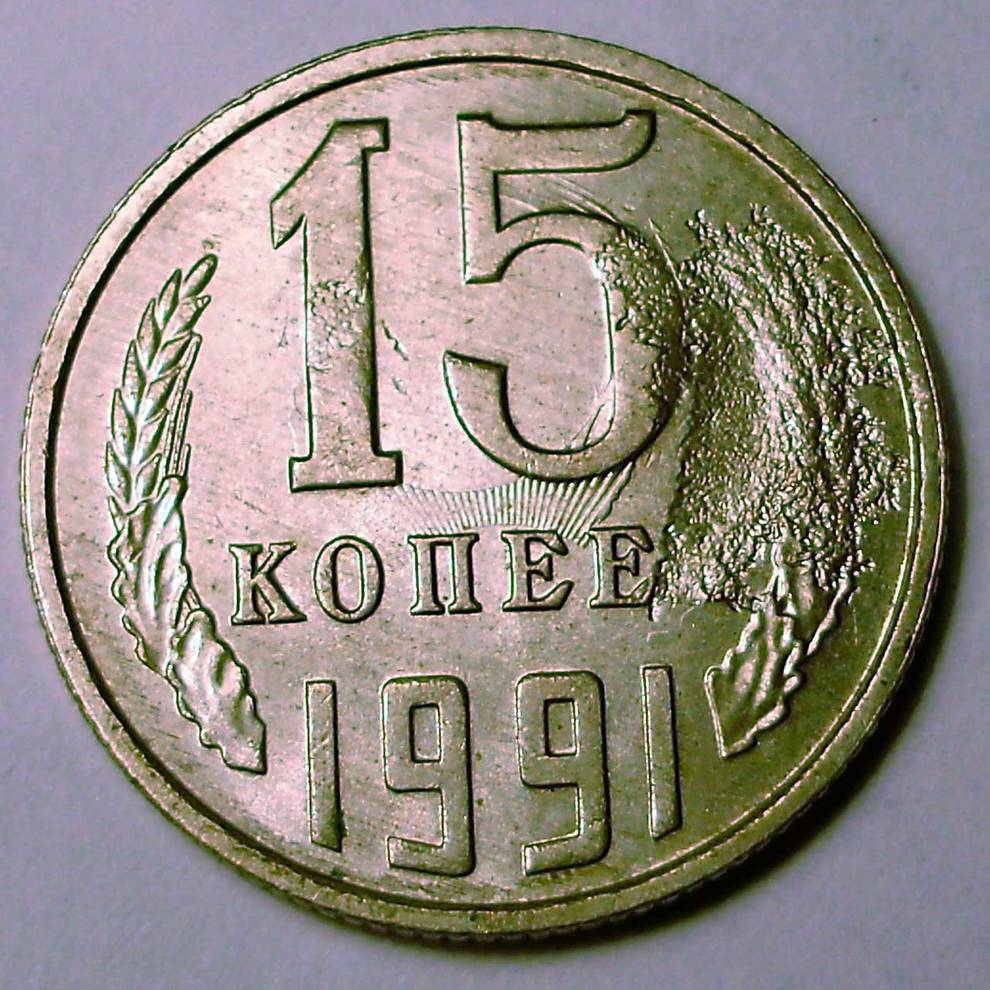
Photo © google.com
7. Stamping or clogging of the stamp.
The defect appears in the form of dents and notches on the coin. It is formed as a result of the fact that when stamping, rubbish or foreign objects enter the stamp.
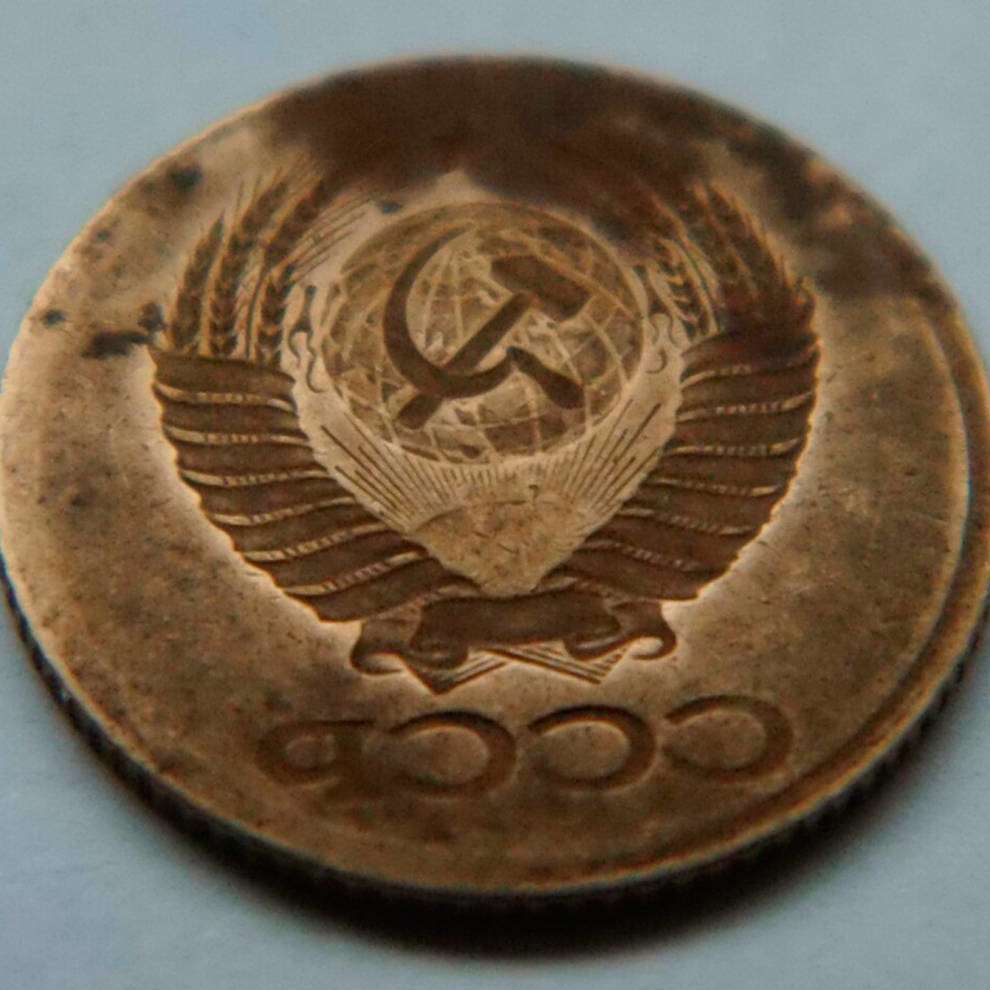
Photo © google.com
8. Negative or incubative mint-made errors.
As a result of sticking a coin into a stamp, the next billet is struck not by a stamp, but by a minted coin. Two coins get a clear and correct one side, and the second: one side of the coin becomes smoothed as it works as a stamp, and the second is minted a slightly smoothed, but a mirror image.
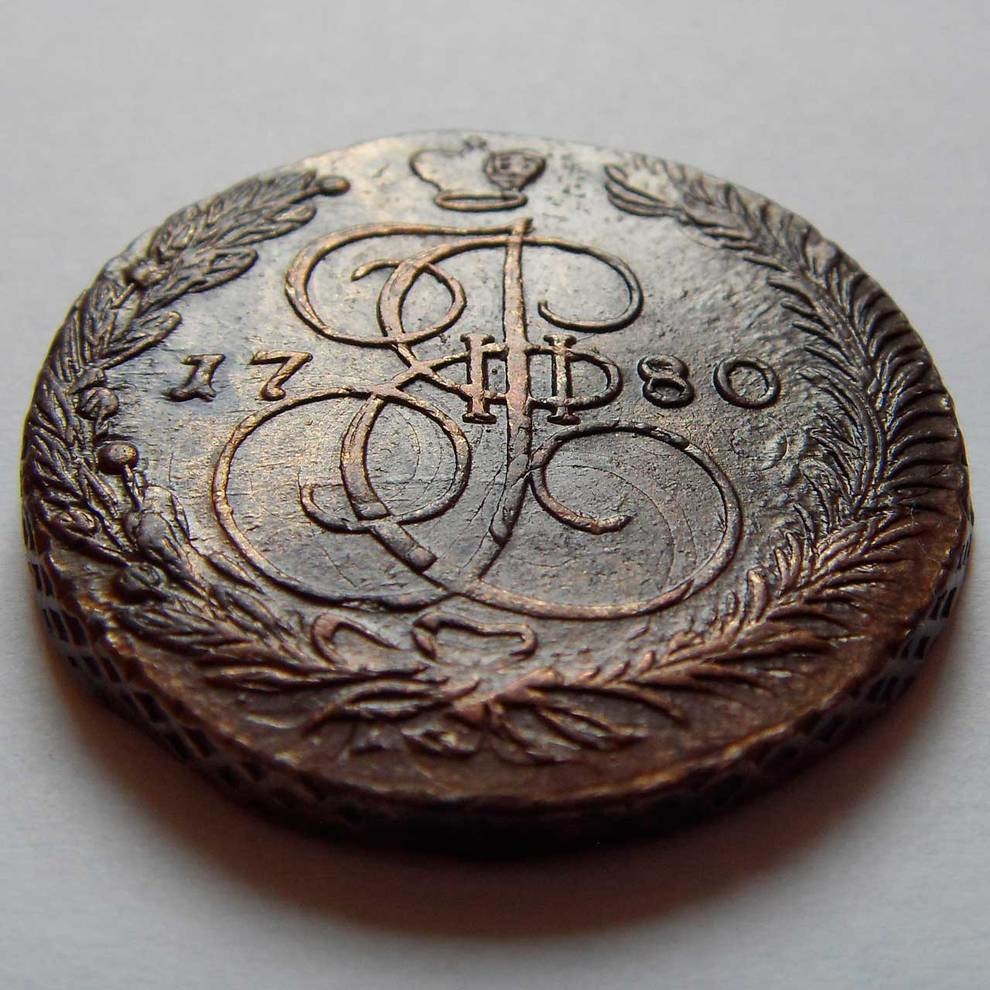
Photo © google.com
9. Double punch.
A mint-made errors in which the coin was minted correctly, but instead of being completely removed from the punch, it was somewhat shifted and struck again. As a result, areas of a duplicate pattern are formed on the coin.
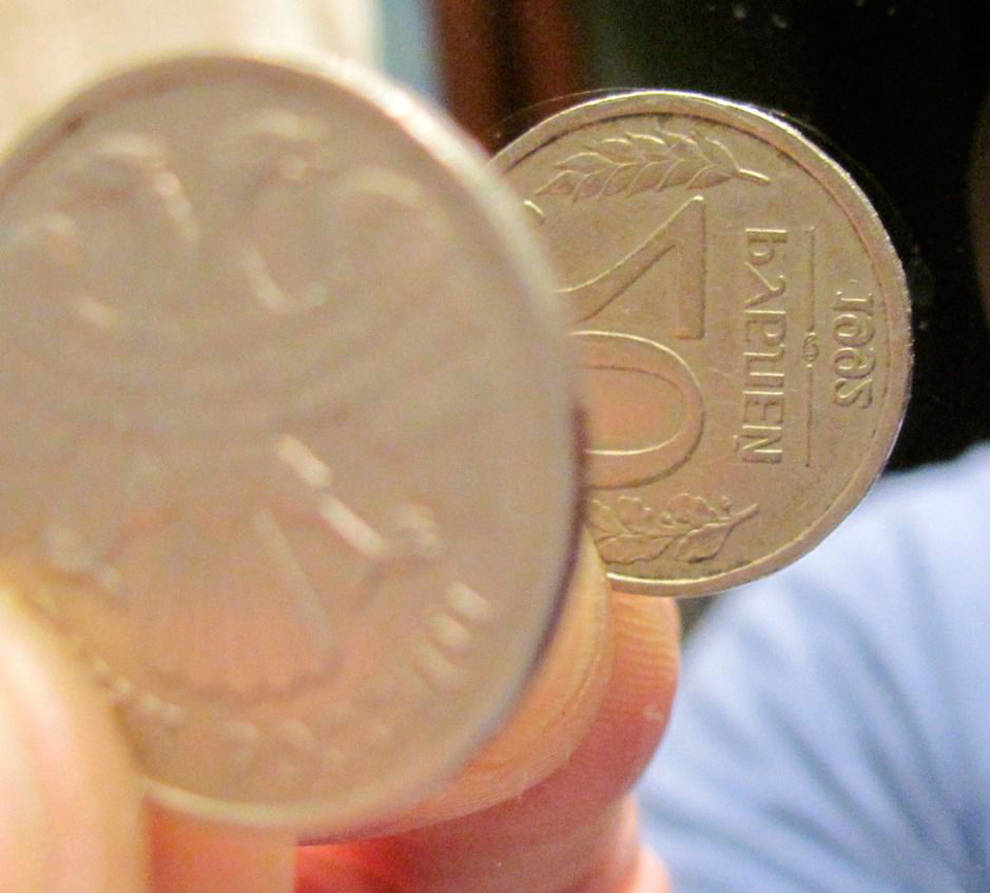
Photo © google.com
10. Rotate or align.
When the stamp is displaced (poorly secured, the mount is loose), the images on the obverse and reverse are rotated relative to each other at a certain angle. The closer the angle of rotation to 180 °, the more valuable the specimen.
Remember, usually coins with a mint-made errors are more expensive than exactly the same coins without defects. The exception when a mint-made errors costs less coins can be considered rare coins that are hard to find in good condition.


